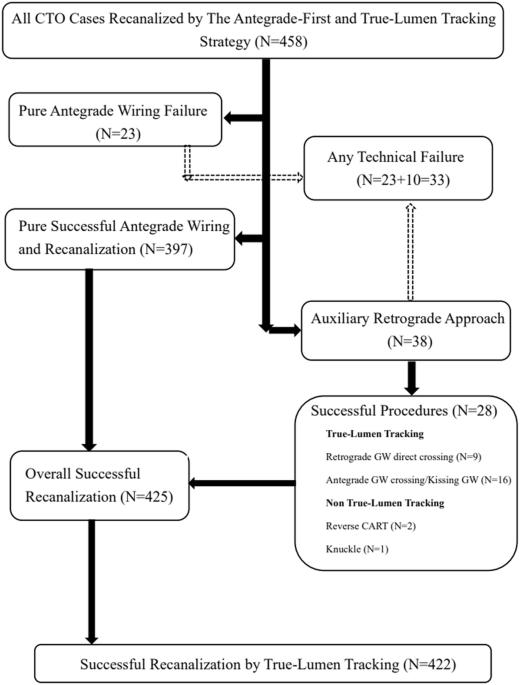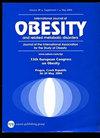老龄化对超重/肥胖患者真腔再通慢性全闭塞长期心脏预后的影响
IF 4.2
2区 医学
Q1 ENDOCRINOLOGY & METABOLISM
引用次数: 0
摘要
背景:多项慢性全闭塞(CTO)研究都描述了肥胖悖论对全因死亡率的影响。然而,关于超重和肥胖患者的衰老对CTO再通患者长期心脏事件的影响研究较少:共招募了 458 名接受 CTO 干预治疗的患者(64.4 ± 11.3 岁,403 名男性)。超重/肥胖组包括体重指数(BMI)≧24 kg/m2的311名患者,非肥胖组包括147名患者。在中位随访40.0(17.9-61.4)个月后,对422名成功真腔再通的患者进行了靶病变失败[TLF:心脏死亡、靶血管心肌梗死(TVMI)、靶病变血管再通(TLR)]的进一步评估:随访期间,心源性死亡、TVMI、TLR、TLF 和支架血栓的发生率分别为 1.9%、1.9%、9.2%、10.7% 和 0.5%。超重/肥胖组的无 TVMI 生存率略高于非肥胖组(经对数秩检验,P = 0.067)。结论对于真腔再通的 CTO 患者,成功再通后发生 TVMI 的风险较高,这一点在以下患者中相当明显本文章由计算机程序翻译,如有差异,请以英文原文为准。


Impact of aging on long-term cardiac outcomes of true-lumen recanalized chronic total occlusions in patients with overweight/obesity
Obesity paradox addressing all-cause mortality has been described in several chronic total occlusion (CTO) studies. However, the impact of aging on long-term cardiac events in patients with overweight and obesity with CTO recanalization were less studied. A total of 458 patients (64.4 ± 11.3 years, 403 male) with CTO interventions were enrolled. The overweight/obesity group included 311 patients with body mass index (BMI) ≧24 kg/m2 and the non-obesity group included 147. With a median follow-up of 40.0 (17.9–61.4) months, 422 patients with successful true-lumen recanalization were further assessed for target lesion failure [TLF: cardiac death, target vessel myocardial infarction (TVMI), target lesion revascularization (TLR)]. At follow-up, the rates of cardiac death, TVMI, TLR, TLF, and stent thrombosis were 1.9%, 1.9%, 9.2%, 10.7%, and 0.5%, respectively. The TVMI-free survival was borderline better (p = 0.067 by log-rank test) in overweight/obesity than non-obesity group. Among patients <65 years of age, the TVMI-free survival was significantly better in the overweight/obesity group (p = 0.013 compared to non-obesity group by log-rank test). In multivariate Cox regression model, the non-obesity patients younger than 65 years were at a higher risk of TVMI, not only among those <65 years of age (hazard ratio = 11.0, 95% CI = 1.1–106.0) but also among the whole patients (hazard ratio=6.9, 95% CI = 1.4–35.1) with successful CTO recanalization. For those with true-lumen recanalized CTO, the higher risk of TVMI after successful recanalization was rather evident in patients <65 years of age and without overweight/obesity, suggesting that aging might attenuate prognostic significance of “obesity paradox” for CTO interventions.
求助全文
通过发布文献求助,成功后即可免费获取论文全文。
去求助
来源期刊

International Journal of Obesity
医学-内分泌学与代谢
CiteScore
10.00
自引率
2.00%
发文量
221
审稿时长
3 months
期刊介绍:
The International Journal of Obesity is a multi-disciplinary forum for research describing basic, clinical and applied studies in biochemistry, physiology, genetics and nutrition, molecular, metabolic, psychological and epidemiological aspects of obesity and related disorders.
We publish a range of content types including original research articles, technical reports, reviews, correspondence and brief communications that elaborate on significant advances in the field and cover topical issues.
 求助内容:
求助内容: 应助结果提醒方式:
应助结果提醒方式:


